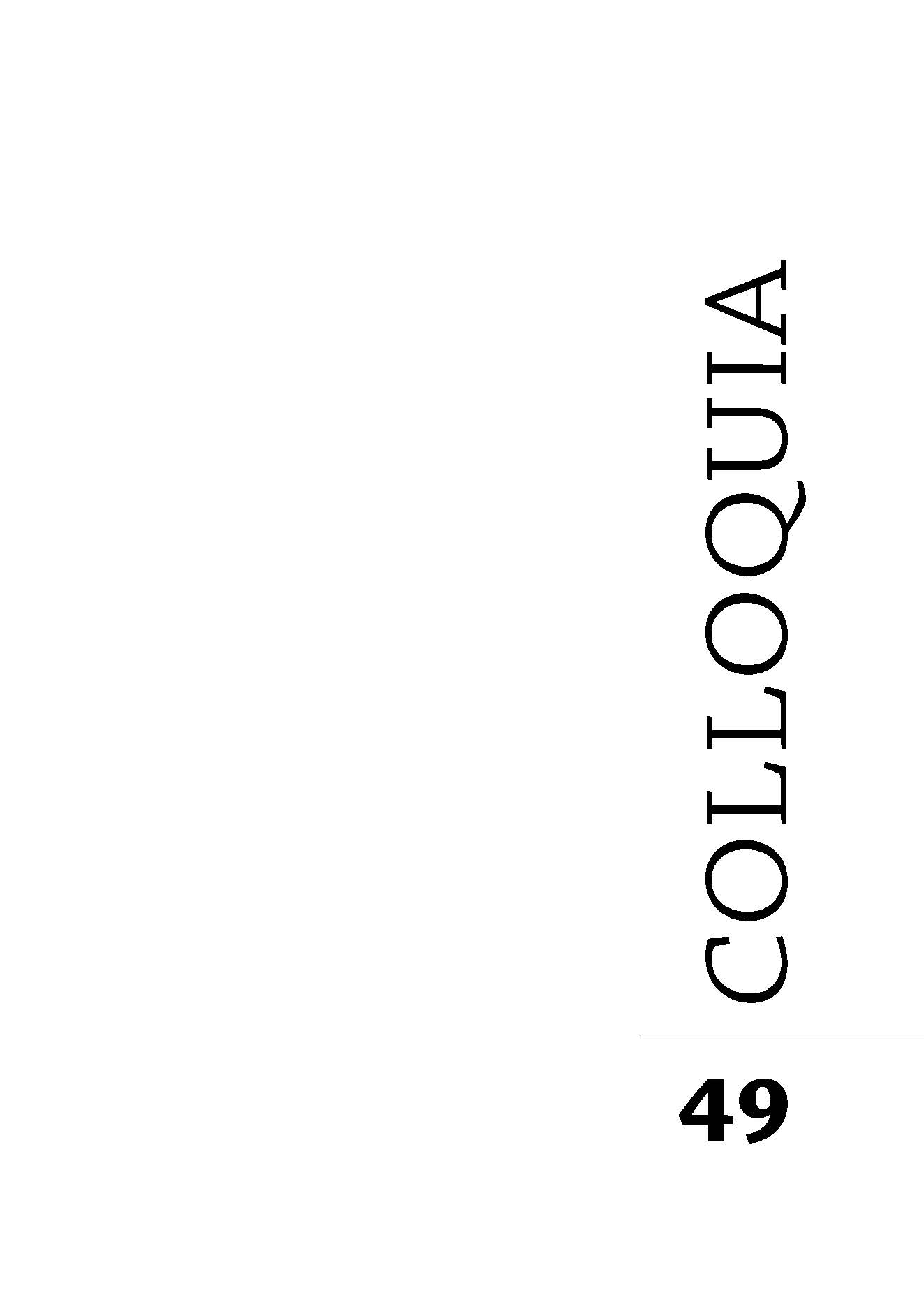Gastro-Poetics in Lithuanian Yiddish Literature of the Interwar Period: The Early Work of Moyshe Kulbak (1896-1937)
Abstract
For almost a hundred years, literary critics and scholars have been trying to reach the depths of Moses Kulbak’s work and find the most appropriate keys to interpreting his sophisticated and puzzling works. This article is an attempt to approach author’s work by focusing on seemingly less important details and reconstructing their relational network. The depiction of eating scenes, meals (including ruined and imagined ones), as well as food and drink have been chosen as focus point. Such strategy, emphasizing body in the humanities, allows to draw attention to other key issues, such as the relationship between body and soul, nourishment and intellect, intellect and faith, etc. The article deals with the first decade Kulbak’s work and examines less discussed sources of inspiration of the great Yiddish poet and prose writer. Using metric and semantic analysis, the place and role of eating habits, meal scenes and spectacular food representations in Kulbak’s poetic universe are explained and reconstructed. Food metaphors help uncover hidden interconnections, and although they often play only a connotative role, they are still powerful means for expressing the author’s message, while simultaneously concealing it.
Downloads
Most read articles in this journal
- Olga Bartosiewicz-Nikolaev, The Margins versus the Centre of the National Literary Canon: The Reception of ‘The Legend of Master Manole’ in Romanian Education , Colloquia: Vol. 53 (2024): Colloquia
- Gintarė Bernotienė, Gitana Vanagaitė, On the Conditions of Literature and Life. Conversation with Jūratė Sprindytė , Colloquia: Vol. 50 (2022): Colloquia
- Zalmen Szyk, Toyznt yor Vilne , Colloquia: Vol. 48 (2021)
- Viliam Nádaskay, Miroslav Válek: Three Stages of Canonicity , Colloquia: Vol. 53 (2024): Colloquia
- Maciej Bolesław Olszewski, The Noble Witch Reflected in Different Mirrors. The Transformation of the Motif of Veronika of Desenice in the Slovenian Cultural Canon , Colloquia: Vol. 53 (2024): Colloquia
- Natalija Arlauskaitė, The Concept of the Classic in Literature, Cinema, and Adaptations , Colloquia: Vol. 33 (2014)
- Dalia Satkauskytė, Sigitas Geda’s Anger and Other Demons , Colloquia: Vol. 50 (2022): Colloquia
- Antonela Marić, Ana Ćosić, From Post-Communist to Anti-Canon: The Rebels , Colloquia: Vol. 53 (2024): Colloquia
- Jochen Schimmang, The Tense Muscles of a Fanatic (Antanas Škėma, The White Shroud) , Colloquia: Vol. 38 (2017)
- Ramutė Dragenytė, Vincas Mykolaitis-Putinas’ Literary History: Narrative’s Methodological Singularities , Colloquia: Vol. 32 (2014)




